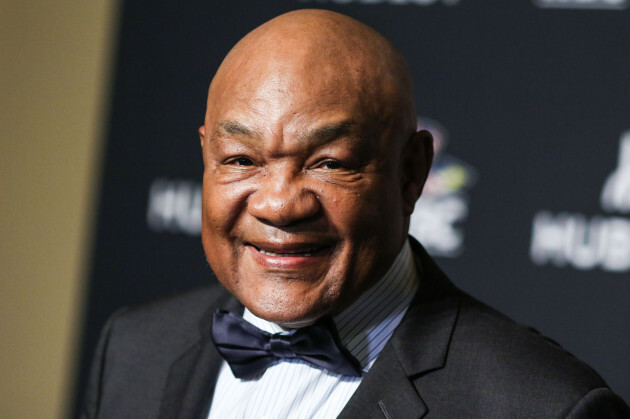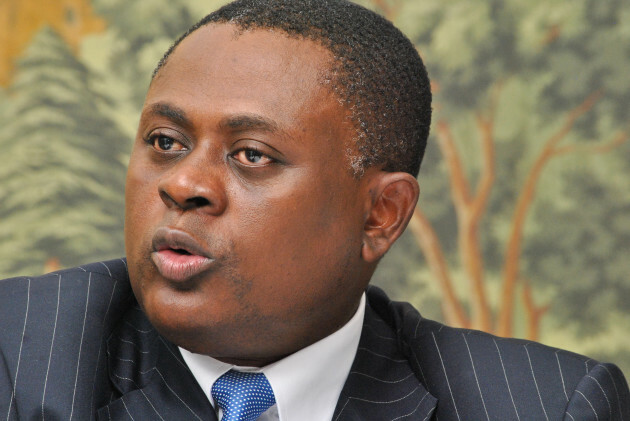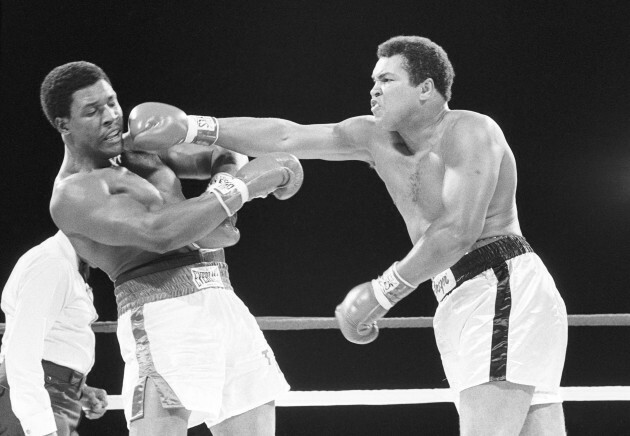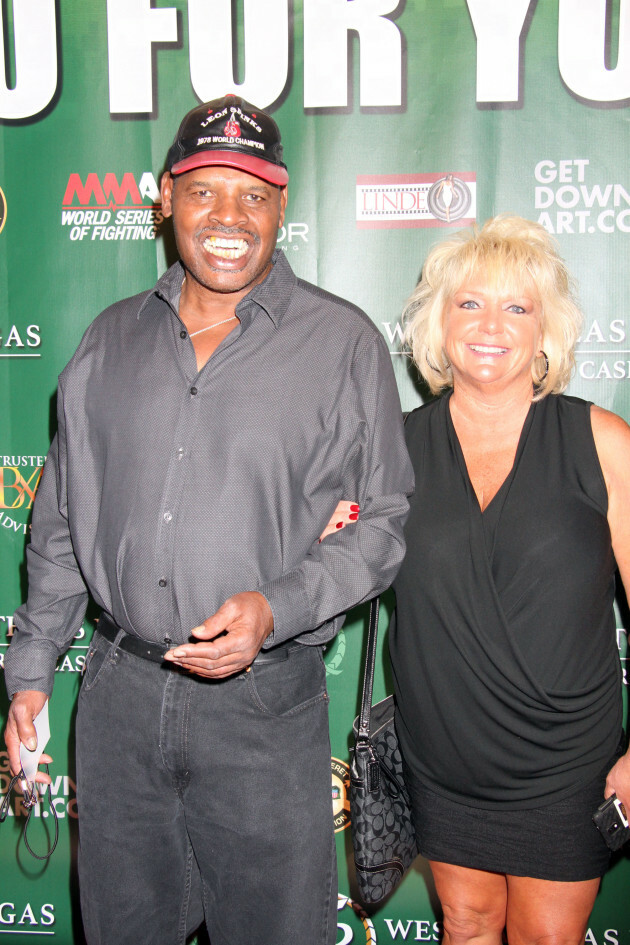WHEN YOU TYPE the name of the sport into Google, one of the first things that comes up is a question: ‘Can boxing kill you?’
It is a topic that has been wrestled with since the sport’s inception and its dangers have been obvious from the outset.
A 1995 article in The Independent estimated that: “Approximately 500 boxers have died in the ring or as a result of boxing since the Marquis of Queensberry Rules were introduced in 1884.” And unfortunately, there have been plenty more tragedies since then.
Of course, every professional boxer is, to some degree at least, aware of the risk that comes with competing in the sport.
Yet while the prospect of potentially dying in the ring is nothing new, the long-term impact of competing is an area where a greater level of ambiguity exists.
In a number of sports, from soccer to rugby and American football among others, some efforts have been made in recent years to address issues such as concussion and chronic traumatic encephalopathy (CTE).
In particular, in the US, work undertaken by figures such as Dr Bennet Omalu in relation to the NFL and former professional wrestler Chris Nowinski has had a big impact on people’s understanding of brain-related injuries and what can be done to make sport safer.
But despite being patently one of the most dangerous sports, the issue remains somewhat taboo and underexplored in boxing.
One man seeking to rectify this problem is Tris Dixon. The journalist, who has spent over 20 years covering the sport, has written ‘Damage: The Untold Story of Brain Trauma in Boxing.’
The book is part history, part investigation, as Dixon attempts to shed light on a subject that has been overlooked for too long.
Four years in the making, it has drawn widespread acclaim for its comprehensive research and forensic analysis of the problem.
As legendary boxing writer and biographer of Muhammad Ali, Thomas Hauser, put it: “Dixon has made a major contribution to the health and safety of fighters. Now let’s see who’s paying attention.”
Dixon documents countless tragic cases and interviews a number of fighters, as well as family members such as Brenda Spinks and Frankie Pryor (respective wives of boxers Leon and Aaron) who have watched on, as their loved ones’ health has deteriorated, showing remarkable kindness and bravery, and continuing to wholeheartedly support their husbands while also speaking out about their troubles.
The author’s compassion shines through, as does his love for the sport in spite of all the risks that come with it.
Dixon is also keen to point out that long-term damage is by no means inevitable — Jake LaMotta, the legendary figure who famously inspired Martin Scorsese’s ‘Raging Bull’ film, lived until the age of 95 and showed no signs of boxing-related trauma. Similarly, at 72, another great who had a lengthy career in the sport, George Foreman, continues to live a happy and healthy life by all accounts.
“Plenty of people are dodging the bullet, it’s just not everyone,” he says. “Some boxers people do think are safe — George Chuvalo was supposed to be bulletproof and then later in life, he started to deteriorate. So it’s hard to tell. But there are loads of older guys who are still around.”
A more general look at fighters who struggle after retirement was initially planned, but reading the 2013 book ‘League of Denial,’ about traumatic brain injury in the NFL, inspired Dixon to focus more on CTE specifically and its prevalence in boxing.
“Through the book, there are a few parallels with boxing. The way the facts were presented, it was almost like a given that boxing does this stuff to you and it affects boxers in this way. I’ve been in boxing for 20-plus years and I had no idea about this, and I’m thinking I knew the sport inside out. I’m thinking if I don’t know about it and I’ve never been told about it, as a boxer, a journalist and a licensed trainer with the British Boxing Board of Control for a while, who does know about it?”
Dixon quickly discovered that CTE remains somewhat of a taboo subject in the sport and traces that ill-feeling as far back as the 1920s.
“CTE was formerly dementia pugilistica or punch drunk syndrome, which first appeared in the medical lexicon in 1928. ‘Punch drunk’ is such a negative phrase and such an insult that people don’t like to talk about it or use it. The whole thing about someone being punchy is negative and it’s a put-down. And CTE doesn’t have that same ring to it, so it is vital to make it part of the conversation.
“That’s why it’s a taboo subject because boxing is so far backwards in pretty much everything it does, I still think that the negative connotations going back to that medical paper from Harrison Martland in 1928 are felt today.
“Medical papers on punch-drunk syndrome, dementia pugilistica and then even CTE, there was a very strong influence [suggesting that] it actually only happened to boxers who weren’t very good — sparring partners, journeymen, people thought it was basically habitual losers who were at risk. Obviously, through the course of history, that’s been shown to be not the case. It was a stereotype and it wasn’t a positive one — no one wanted that stereotype.”
Dixon rejects the suggestion that there is a lack of will within the boxing industry to address the problem, claiming the ignorance is more due to a lack of education with regard to the subject matter.
“I don’t think people realise exactly what it is and how big it is. I don’t think people really have put two and two together yet. So the issue is that there’s not the education [to fully comprehend it]. People will just carry on as before because they don’t know any better. The same way that had I not enlightened myself and read about the NFL concussion crisis, and seen the parallels to boxing, I would be blissfully unaware.
“I’d still be realising something was up with ex-fighters and I could still see that, but I don’t think it’s the lack of the will. Obviously now ‘Damage’ is out and I put this in a social media post the other day — there will be two categories, people who go about trying to help fighters, and there’ll be the people saying they want to help fighters but do nothing.
“But there’s no excuse now. They’ll be armed with all the knowledge they need about how fighters struggle and perhaps even why they struggle after boxing that they wouldn’t have been privy to before unless they had done a lot of historical research through medical papers.”
And with the increased awareness and understanding of CTE in recent years, has boxing made much progress in coping with the problem?
“No. I think it’s been very dormant in that respect. And that’s been a sad thing to see.
“The acute injuries are the ones that seem to have been addressed more in terms of looking at glove size, talking about headgear, rehydration the day before weigh-ins, they’ve done all these things to safeguard fighters on fight night. But when you look down the line at what happens to fighters, there are very few safety nets for them.
“And a lot of the fighters now who have CTE don’t even know what it is. They don’t know what they’re suffering from and this is a big thing in the book. So many of these fighters have previously been diagnosed with dementia, Alzheimer’s, Parkinson’s, I’m not sure if many of them left their brains behind because CTE can only be found in an autopsy. There’s a fair chance they were all struggling with CTE, and they’ve been diagnosed with something because it had similar symptoms to CTE.
“So I think long term, there’s loads of work to be done and that can be done. Boxing’s clearly a very wealthy sport right at the top and so there is money to go around. But it’s about whether those people at the top of the food chain want to share their piece of the pie.”
One of the most striking aspects of ‘Damage’ is that many of the boxers featured, even some who are struggling badly owing to the effects of competing in the sport, say they have no regrets about participating in it.
“I think it’s probably 70-30 in favour of those who don’t regret or say they don’t regret it.
“I think it’s great that those who have suffered still get to say that they wouldn’t change it. Ultimately, it’s their lives and their choice. I’m not one to want to abolish boxing. There seem to be people who think ‘Damage’ is going to provoke this moral [compulsion] to think about banning the sport. But when the NFL came under the microscope, there weren’t loads of people talking about banning football. It was: ‘How do we mitigate the risks?’ And boxing needs to face the same questions.
“It’s a giant leap to go from having a sport to banning it, and it’s an unnecessary one in the case of boxing because so much can be done. There are loads of things that can be tweaked to make things safer. In terms of the fighters who are happy to say that they wouldn’t change a thing, I think that’s fine, it’s their prerogative and the prerogative of their loved ones as well.
“The two things that have made me react in a more sensitive fashion, fighters who say ‘we know the risks’. Not many fighters know what CTE stands for, they don’t know what tau protein is or what effect it has. They don’t know the links to Alzheimer’s, dementia, ALS and Parkinson’s.
“When they say they ‘know the risks,’ a lot of them are talking about the acute injuries — ‘we might get stretchered out, we might get our noses busted, or our lips or eyes cut’. They’re not thinking what might happen to them 20-40 years down the line.”
One of the biggest problems is fighters continuing on long after they should have retired. Muhammad Ali is widely cited as an example of this issue. After the ‘Thrilla in Manila’ where he defeated Joe Frazier in a notoriously gruelling contest in his 51st professional bout, between 1976 and 1981, he went on to fight 10 more times, despite most critics regarding Ali as well past his best during that era. There are some people who continue to claim the problems the star experienced later in life had nothing to do with boxing, and the decision to not donate his brain to science means there will always be some debate and a lack of clarity over the matter. Many critics, though, believe boxing significantly contributed to Ali’s health issues, and feel those around him are also somewhat culpable in enabling him to fight for so long after his peak.
“When you look at Ali, you have to look at the many people that could greenlight him to fight,” says Dixon. “You then look at the commission in the Bahamas, the trainers who trained him, the managers who managed him, the promoters who staged the fight, the sparring partners who did rounds with him. They’re all culpable to a degree in allowing him to fight on.
“There’s obviously a huge lack of education and accountability across the board when you look at that. One of the things I am big on is the structure in boxing and how it does need federal or governmental oversight.
“What happened with Ali can’t happen or shouldn’t be happening again, yet at the moment, it’s commonplace. Ali ended up fighting Trevor Berbick in the Bahamas because he couldn’t get a licence in America. So he slipped through one of boxing’s many loopholes.
“In terms of the set-up of boxing, there are so many loopholes that the fighters aren’t being well looked after. The best instance came in the chat with Dr Nitin Sethi, a neurologist who works ringside. He was fascinating because he’s obviously looked into it and found that in some states in America, you need a CAT scan to fight. In some states, you need an MRI to fight. In some states, you need both and in some states, you need neither. And that’s just in one country. So boxing needs to get its house in order, not just in one country, but worldwide.
“All this information needs to be shared alongside commissions that need to sing off the same hymn sheet. So a fighter who is banned in one country can’t go and fight somewhere else, and jeopardise his health down the line.”
Brutally honest books comprehensively examining the flaws of a particular sport are not always well received by its key figures — the initial reaction from many of those within cycling to Paul Kimmage’s ‘Rough Ride’ is one notable example.
But Dixon is hopeful that those in boxing will embrace ‘Damage’ rather than attempting to turn a blind eye to its message.
“I’ve been in the sport now 25 years. I think I have a balanced and impartial voice, a voice of experience. So I don’t think people will feel I’ve taken this on as an ego project or something without real meaning behind it.
“I don’t think enough knowledge is out there about the subject. I haven’t had loads of pushback, but when you speak to the old-timers, and I did get this, whether it was boxers, journalists or whatever, you can see they become uncomfortable talking about it. Whether it’s in their facial expressions, or whatever when you talk about punch-drunk syndrome. And for some people, I had to say: ‘I’m talking about punch-drunk syndrome.’ Because they don’t know what CTE is. So as soon as you say punch-drunk syndrome, you’re obviously back in that taboo realm, where people almost become reticent to want to talk about it, because it’s the elephant in the room.”
And for Dixon, there was also a personal aspect attached to writing the book. He admits to worrying when watching his young son playing football and leaping to head the ball clear as all centre-backs are invariably expected to do. He also spent 10 years as an amateur and had “a handful of fights”. While the likelihood of severe consequences is substantially less compared to more prominent stars, the author acknowledges even he is not necessarily immune to some of the perils associated with competing in the sport.
“I don’t think I’ve taken the volume needed to have long-term issues, but it certainly makes you think, when you have the knowledge.
“In the book, I mention my father, who died in 2012 of Parkinson’s. You think if there’s a link between head trauma and Parkinson’s, and I have a genetic predisposition to it anyway, does that mean that things are going to get grim for me later in life? There’s no way of knowing. The same way so many fighters coming to the end of their careers or in retirement don’t know what’s facing them, people don’t know what’s coming around the corner, and I’m one of them.”
‘Damage: The Untold Story of Brain Trauma in Boxing’ is published by Hamilcar Publications. More info here.





